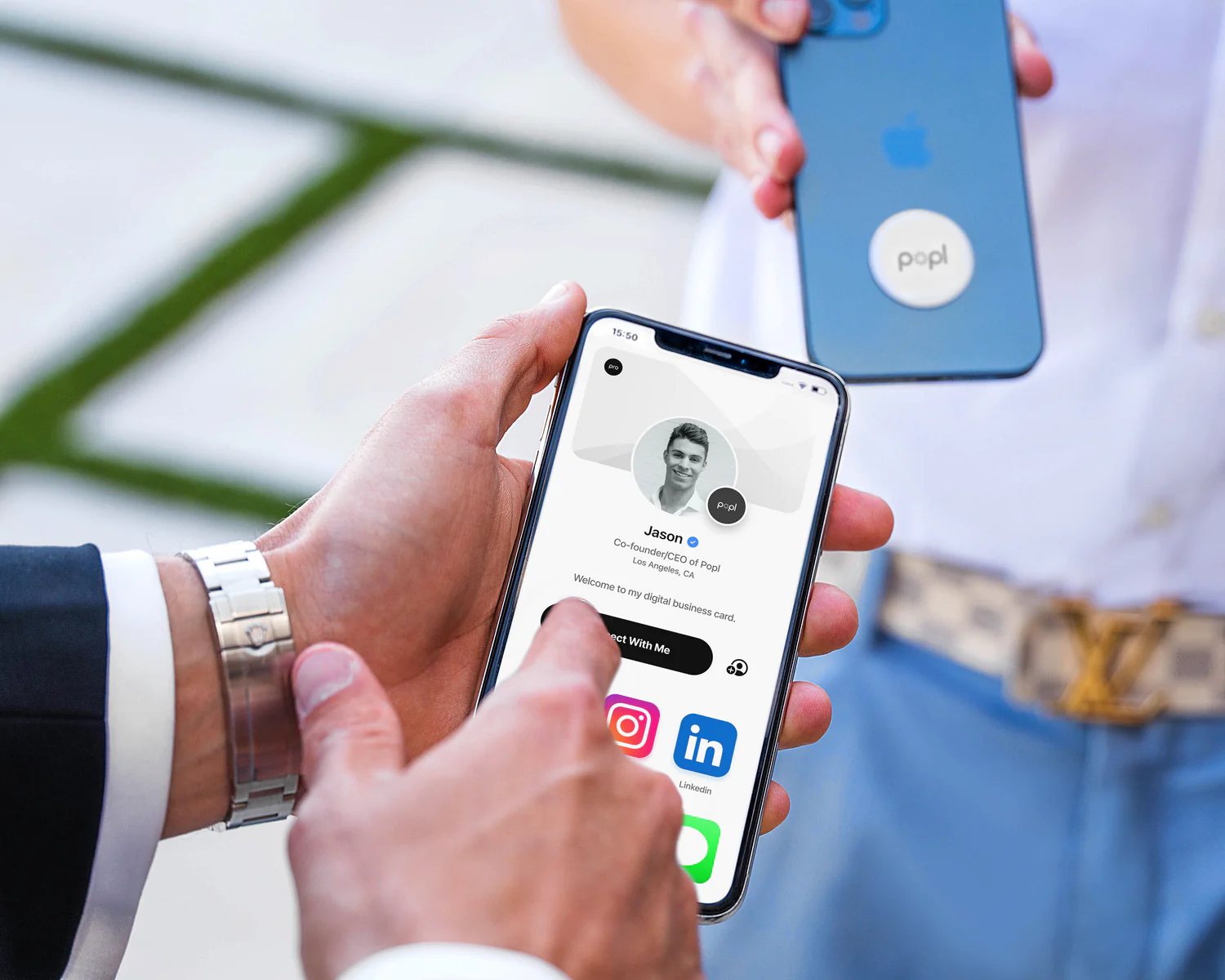Why Digital Business Cards Are the Next Big Thing in Networking
-
Digital Business Cards
-
September 6, 2024
Introduction:
In a world that's increasingly digital, the traditional paper business card is starting to feel outdated. Enter the digital business card—a modern, efficient, and environmentally friendly alternative that’s rapidly gaining traction. Whether you’re a professional looking to streamline your networking efforts or a business aiming to enhance your brand, digital business cards offer numerous advantages. In this blog, we’ll explore what digital business cards are, their benefits, how to create one, and emerging trends shaping their future.
1. What Are Digital Business Cards?
Digital business cards are electronic versions of traditional business cards. They can be shared via smartphones, emails, or QR codes and typically feature interactive elements such as clickable links, videos, and real-time updates. Unlike static paper cards, digital cards can be easily updated and customized to reflect your latest contact information and professional accomplishments.
2. Benefits of Digital Business Cards
- Eco-Friendly: Going digital reduces paper waste and supports sustainability efforts. No more printing or discarding outdated cards—digital business cards are a green choice.
- Cost-Effective: Save money on printing and reordering costs. Digital business cards eliminate the need for physical copies and allow for instant updates at no additional cost.
- Interactive Features: Digital cards can include clickable links to your website, social media profiles, or portfolios, and even embed videos or presentations to provide a richer experience.
- Instant Updates: Easily update your contact details, job title, or company information without the hassle of reprinting cards.
- Convenient Sharing: Share your card quickly via email, SMS, or a QR code, and make it easily accessible from any device.
3. How to Create a Digital Business Card
- Choose a Platform: Select a digital business card platform that aligns with your needs. Options like HiHello, CamCard, and L-Card offer various features and customization options.
- Design Your Card: Customize your digital card to reflect your personal or brand identity. Incorporate your logo, colors, and fonts to maintain consistency.
- Include Essential Information: Make sure your card includes key details such as your name, job title, company, contact information, and links to your website and social media profiles.
- Test and Share: Review your card on different devices to ensure it displays correctly. Share it via your preferred method, whether that’s email, SMS, or a QR code.
4. Best Practices for Using Digital Business Cards
- Keep Information Up-to-Date: Regularly check and update your digital card to ensure all information is current and accurate.
- Personalize Your Sharing: Tailor your card’s content based on the recipient to make a more impactful connection.
- Follow Up: After sharing your card, send a follow-up message or email to reinforce the connection and continue the conversation.
5. Emerging Trends in Digital Business Cards
- CRM Integration: Digital business cards are increasingly integrating with customer relationship management (CRM) systems for seamless data management and tracking.
- Augmented Reality (AR): AR features are starting to appear in digital business cards, offering interactive and engaging experiences.
- Blockchain Technology: Blockchain is being explored to enhance security and authenticity, ensuring that your digital card is protected from fraud and misuse.
6. Conclusion
Digital business cards are transforming the way professionals network and share information. They offer numerous advantages over traditional paper cards, from environmental benefits to interactive features and cost savings. By adopting digital business cards, you can streamline your networking process, stay current with technology, and make a lasting impression in the digital age.
